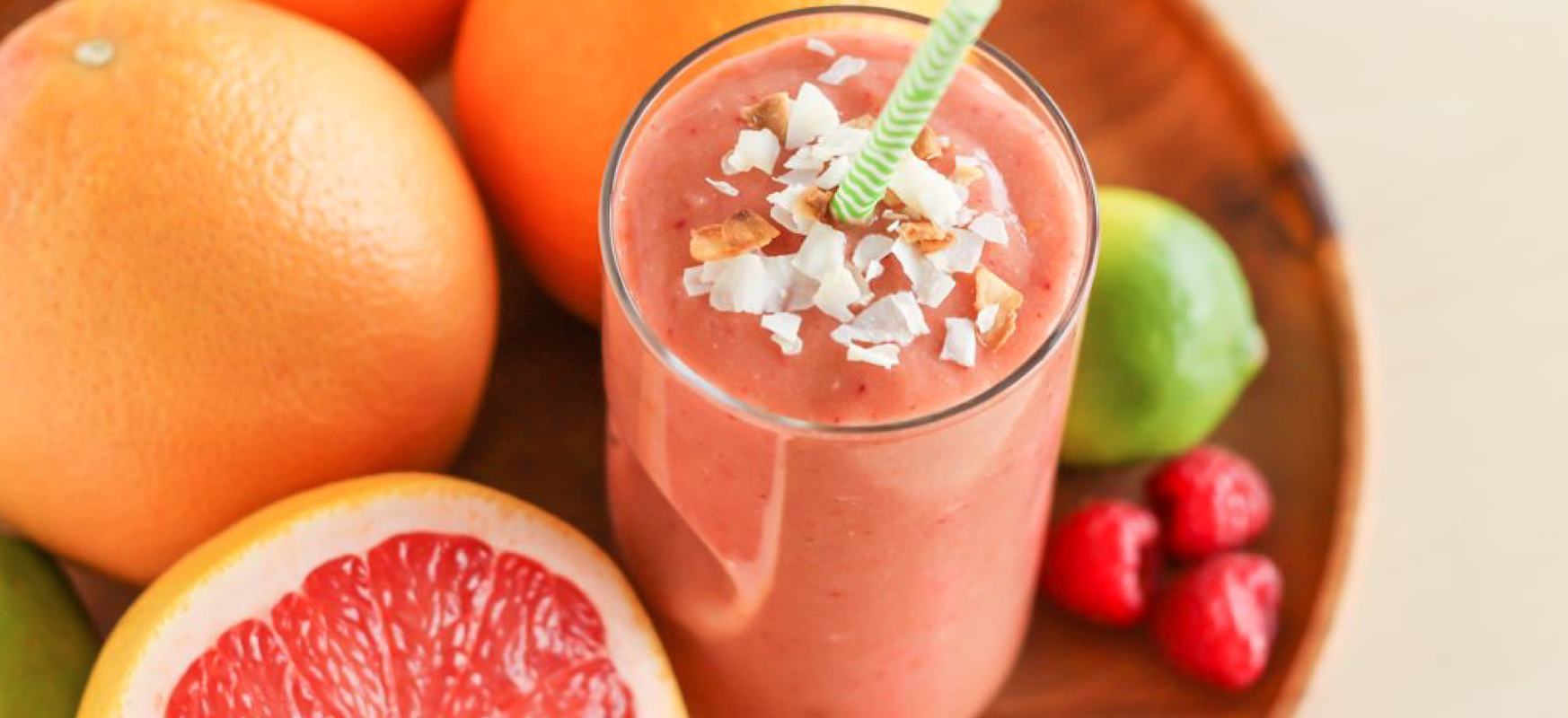

The Basics on Protein
Protein, protein, protein. It’s the most popular of all the macronutrients. Protein is riding a Maverick-size wave right now, and with good reason. Once just adored by bodybuilders looking to build muscle, now more people are examining their protein intake.
Today, we’re covering the basics and answering FAQs on protein. Because who doesn’t want to talk protein shop at the water cooler or soccer sideline?
Protein 411: the Basics
- Protein is one of three macronutrients—including carbs and fat–and is made up of amino acids, which are the building blocks needed to build tissues in your body
- Proteins make up many of your body’s structures, including muscle tissue, bone, skin and hair
- Proteins play a major role in the creation of enzymes, hormones, vitamins and neurotransmitters
How much protein do I need?
The Recommended Dietary Allowance (RDA) for adults is based upon the protein and amino acids needed to maintain body tissues and replace losses (yes, you lose protein in your urine, poop, and sweat!).
For most of us (like those who are pretty active most days a week but not involved in super-intense training), we can easily calculate our minimum daily protein needs:
- Start with your weight in pounds
- Multiply your weight by 0.36 grams
For example: A 150lb woman would need a minimum of 54 grams of protein per day. (150lb x 0.36 grams of protein = 54 grams of protein per day)
Can protein help with weight management?
As part of a healthy diet, eating protein may help you maintain a healthy weight. In higher amounts it may help you feel full.
Categories of Dietary Protein: complete vs. incomplete
There are two categories of dietary protein: complete and incomplete. Animal- and soy-based proteins tend to be complete, meaning they contain all of the nine essential amino acids in adequate amounts that your body needs to build proteins. Most plant-foods, are lower in one or two of the essential amino acids, and are referred to as incomplete proteins.
Now if you were a total rebel in the 70s, you were probably told that plant-based proteins had to be combined at each meal to get the full range of amino acids. Thank goodness we’ve found out that’s no longer necessary! (Who has time for that?!) We now know that consumption of a variety of plant-based proteins throughout the day (heck, even throughout the week!) can meet the essential amino acids needs.
What are the versatile sources of plant-based protein?
Some of my favourite sources of plant-based proteins include:
- Quinoa
- Lentils
- Chickpeas
- Tempeh
- Black beans
- Organic tofu
Why is everyone I know hopping on the low-carb, high-protein diet? Should I be on one too?
While protein is a super-important macronutrient in our diet, it shouldn’t be the only one. Don’t leave out those quality carbohydrates, like fruits, vegetables and whole grains, and good fats, like avocado and walnuts.
So, go ahead and include high-quality, plant-based protein as part of your balanced diet, but do so in a way that’s right for you.
Vega Protein & Greens
Vega Protein & Greens covers the basics and makes nutrition on-the-go feel—and taste!—like a piece of cake.
Protein, you complete me. Greens, you had me at “hello.”
Nourishing your body shouldn’t be hard work. Vega Protein & Greens covers the basics with a convenient protein boost that makes nutrition on-the-go feel—and taste!—like a piece of cake. When you’re rushing through your busy day, reach for Vega Protein & Greens to fight back hunger and keep your energy levels high.
- 20 grams of complete, plant-based protein
- Equivalent to two servings of greens
Going green never tasted so good. Say hello to kale, spinach, broccoli and alfalfa in your smoothie, without sacrificing the taste you love. - Made with non-GMO ingredients
Vega Protein & Greens is made from non-GMO ingredients, is gluten-free, and contains no added sugar, artificial flavours, colours or sweeteners.
With only 110 calories, just add water, shake and go for effortless nutrition! Or add Vega Protein & Greens to your favourite smoothie recipe—like this Raspberry Grapefruit Smoothie:


Raspberry Grapefruit Smoothie
Ingredients:
1 scoop Vanilla Vega Protein & Greens
1 cup unsweetened coconut milk
1 cup fresh or frozen raspberries
½ large pink grapefruit, peeled
2 tsp chia seeds
6 ice cubes
Flaked toasted coconut to garnish
Method:
- Add all ingredients except for the garnishes and ice to your blender. Blend until smooth.
- Blend in the ice cubes until no chunks remain.
- Pour into a glass, top with toasted coconut if desired, and enjoy

